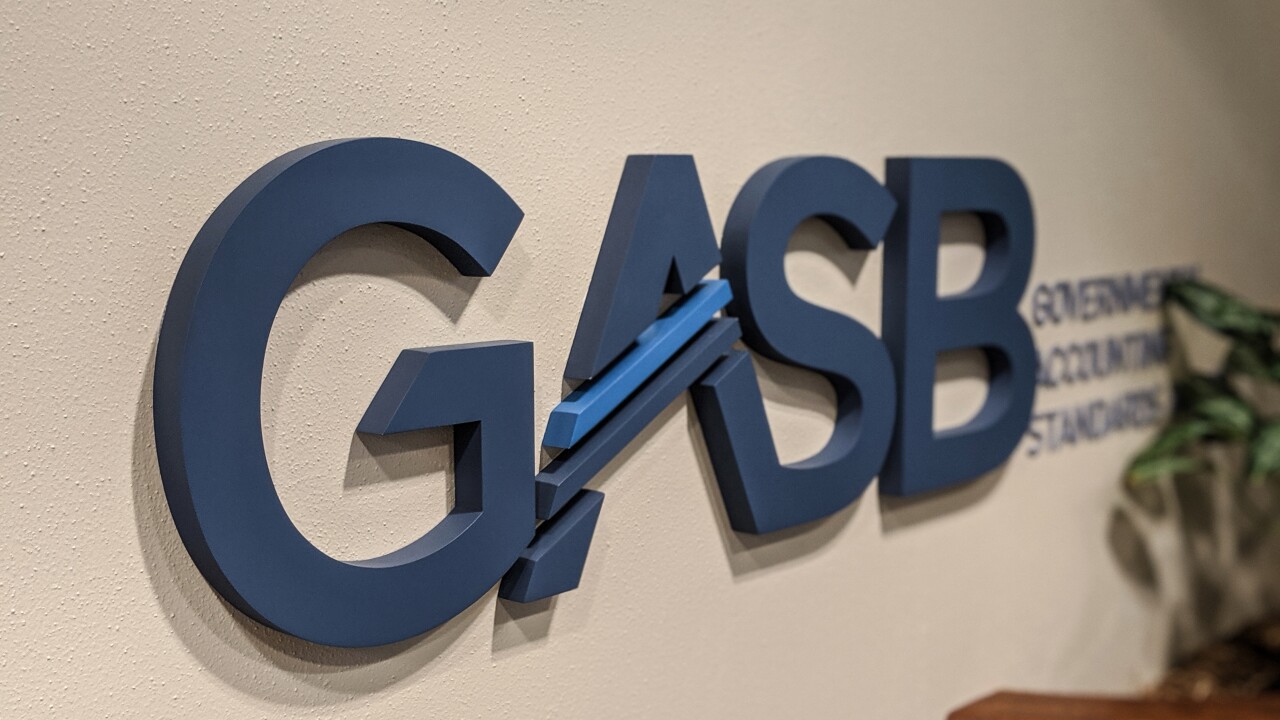
DALLAS -- U.S. motorists are hitting the road again in record numbers, and that's good news for highway revenue bonds supported by state gasoline taxes, according to Moody's Investors Service.
Motorists in the country drove 3.148 trillion miles in 2015, beating the previous record of 3 trillion miles set in 2007, the Federal Highway Administration said.
"For a sense of scale, 3.148 trillion miles is roughly the same distance as 337 round trips from Earth to Pluto," the federal Energy Information Agency said in a release.
The forecast from the EIA that gasoline consumption in 2016 will exceed the pre-recession peak set in 2007 is credit positive for the $33 billion of state highway bonds Moody's rates that are secured gasoline taxes and road-related fees, the credit rating agency said in its latest weekly credit outlook.
"Stronger gasoline tax receipts will strengthen debt service coverage on state highway revenue bonds and expand states' borrowing capacity to finance highway maintenance projects with debt," said Moody's analyst Douglas Goldmacher.
More robust debt service coverage also will allow states that want to catch up on deferred highway maintenance to finance more projects through debt, the report said.
The improvement in coverage reflects both the increase in gasoline consumption and the willingness of some states to increase the tax rate on gasoline, Goldmacher said.
Seventeen states have increased their gasoline taxes since 2013, according to the National Conference of State Legislatures.
The gasoline tax in 21 states has not been raised in more than 10 years, with 16 states going more than two decades without an increase in their fuel tax, according to the Institute on Taxation and Economic Policy.
Higher gasoline tax collections could provide increased borrowing capacity for states that they need after a period of stagnation in infrastructure investments, Goldmacher said.
"Considering the trend of growing pledged revenues, willingness by some states to increase gasoline taxes, and aging of capital assets, states may soon be poised to resume investing in their highways," he said.
State gasoline tax collections dipped in 2008 and 2009 before inching up again in 2010 through 2012 and then slowly rising, the Moody's report said. They were up 0.9% in 2015 after growing 0.6% in 2014 despite improvements in fuel economy, according to the report. Gas tax revenues are expected to total more than $45 billion in 2016.
The federal gasoline tax of 18.4 cents per gallon and the diesel tax of 24.4 cents per gallon are expected to bring in about $40 billion in fiscal 2016.
The increase in gasoline consumption is being spurred partly by employment growth but mostly by lower gas prices, Goldmacher said.
Gas prices should remain low at least for the remainder of the year, the EIA said. It expects fuel prices in 2016 to be more than 40% lower than when gasoline prices peaked in 2012.
The average price for gasoline is now $2.12 per gallon, a drop of 54 cents per gallon from August 2015, and is below $2 in twelve states, the AAA said. West Coast drivers pay the most, led by Hawaii's $2.70 per gallon and California's $2.62.
U.S. gasoline consumption climbed to a new all-time high in July as low retail prices encouraged motorists to hit the highways, the American Petroleum Institute said.
Demand for gasoline rose 2.4% last month from July 2015 consumption to more than 400 million gallons per day, API said in its latest monthly report.
"Gasoline deliveries, a measure of consumer demand, hit their highest level on record in July," said API chief economist Erica Bowman. "Consumers have continued to benefit from lower gasoline prices at the pump."





